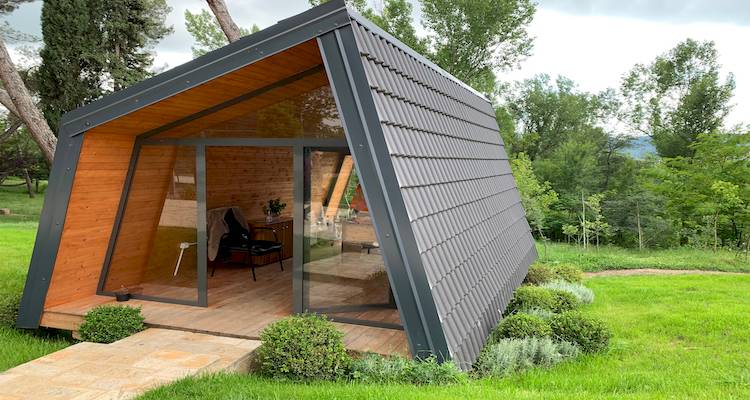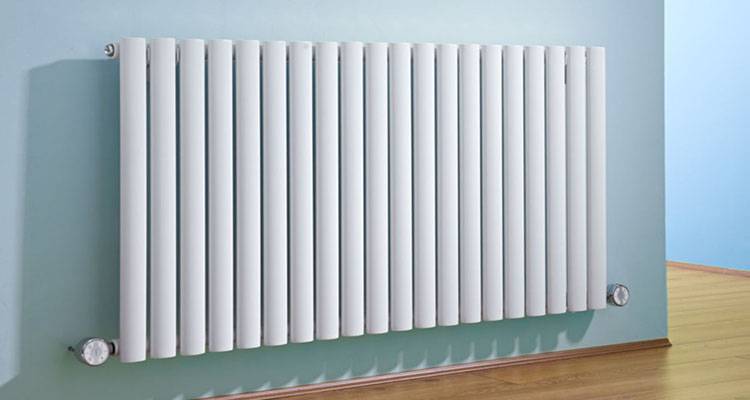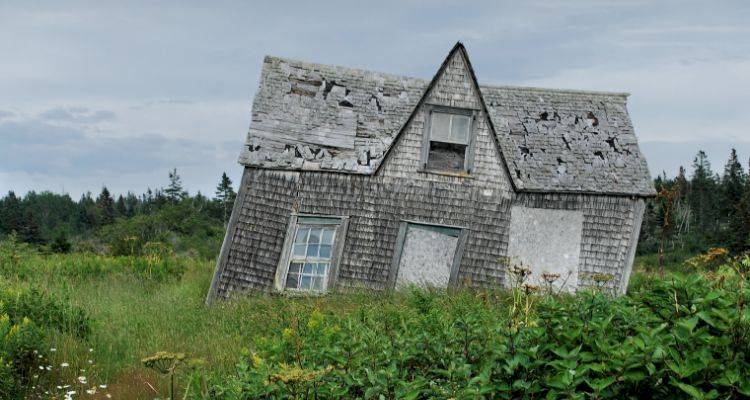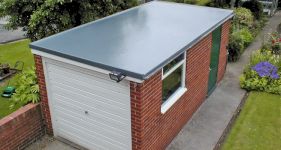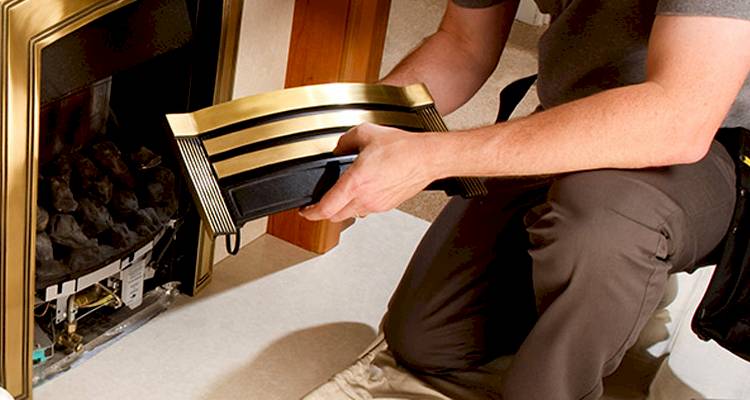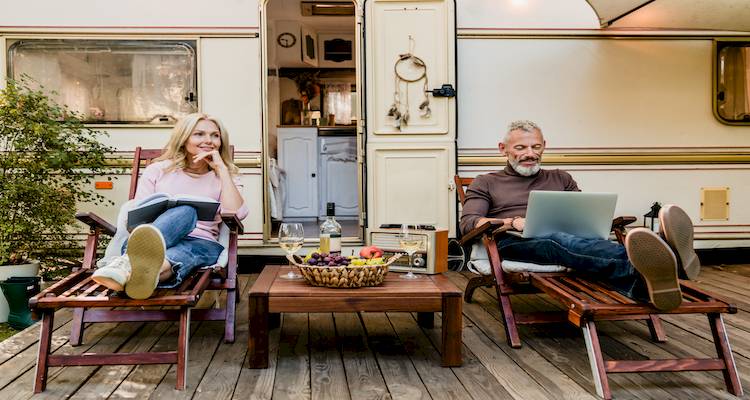Timber Cladding Cost
- The average cost of timber cladding is around £45 per m².
- The job will take approximately 2 to 5 days to complete.
- A full cost breakdown, including different materials and the labour fees involved.
- How long the job should take, and an overview of what's involved.
- How to find and hire a local builder via MyJobQuote.
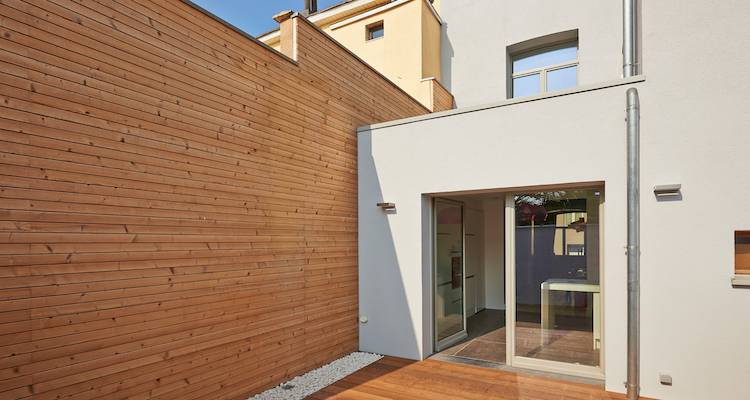
£45 per m²
Table of Contents
- How Much Does Timber Cladding Cost?
- Supply Cost of Timber Cladding
- Additional Timber Cladding Costs
- Labour Costs and Timescales
- Factors That Impact Timber Cladding Costs
- What's Involved in Timber Cladding Installations?
- Can I Install Timber Cladding Myself?
- Building Regulations & Planning Permission for Timber Cladding Installations
- Types of Timber Cladding
- Checklist: Hiring a Timber Cladding Installer
- FAQs
How Much Does Timber Cladding Cost?
Oak timber cladding typically costs between £22 to £60 per m², larch costs between £12 to £42 per m², and red cedar costs between £18 to £70 per m². However, this is for materials only, as within the following guide we also review how factors such as labour fees and timescale and influence the overall cost.
Adding timber cladding to a house will transform its appearance and feel, while also guarding the underlying structural walls and acting as insulation. While the job itself can often be completed within 2 to 5 days, this does depend on the design and size of the property, the amount of cladding required and any complexities such as the need for scaffolding.
It is also available in various types of timber, with oak, larch, and red cedar the most popular, whereby each cladding material offers their own unique benefits.
Already looking to find and hire a builder?
Use MyJobQuote to get free, no obligation quotes from builders near you. It's fast, easy, and connects you with local professionals ready to install timber cladding to your home.
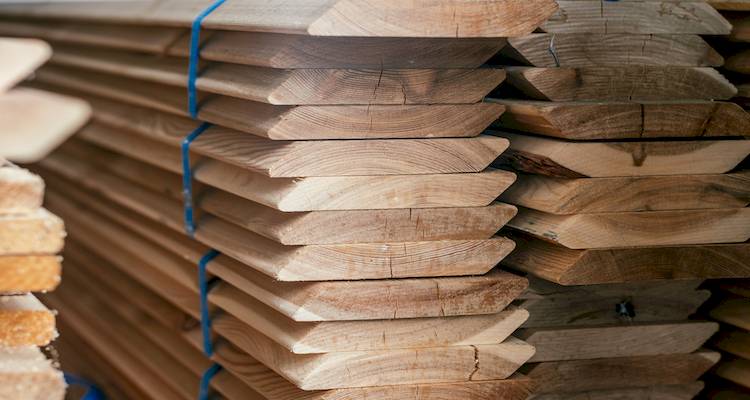
Want to know how much it costs to have timber cladding fitted to your house?
In this guide, we explore everything you need to know about timber cladding costs, the different types of cladding available, and how these compare to other external cladding or rendering costs.
Shiplap and tongue and groove are two of the most popular options, and they both cost between £22 and £70 per m², depending on the timber. Waney lap and feather edge profiles are less common, and cost between £12 and £65 per m².
The size of your property and the shape of the structure you want to clad will contribute to your cladding project's overall cost. For example, compared to a five-bed detached house, adding wall cladding to a narrow shed at the bottom of your garden will be significantly less expensive.
What colour does larch cladding go after it's weathered?
Timber Cladding Prices
| Cladding Profile Type | Material | Cost |
|---|---|---|
| Shiplap | Oak cladding | £50 – £60 per m² |
| Shiplap | Red cedar cladding | £35 – £70 per m² |
| Shiplap | Larch cladding | £22 – £32 per m² |
| Tongue and groove | Oak cladding | £45 – £60 per m² |
| Tongue and groove | Red cedar cladding | £38 – £65 per m² |
| Tongue and groove | Larch cladding | £22 – £42 per m² |
| Feather edge | Oak cladding | £35 per m² |
| Feather edge | Red cedar cladding | £15 – £65 per m² |
| Feather edge | Larch cladding | £18 – £22 per m² |
| Waney lap | Oak cladding | £22 – £45 per m² |
| Waney lap | Red cedar cladding | £18 – £35 per m² |
| Waney lap | Larch cladding | £12 – £27 per m² |
Supply Cost of Timber Cladding
When it comes to the cost of supplying timber cladding, the prices will vary depending on the type of wood used. Oak, red cedar, and larch are the three most common materials used for timber cladding.
Oak timber cladding ranges in price from £22 to £60 per m², red cedar timber cladding ranges from £18 to £70 per m², and larch timber cladding ranges from £12 to £42 per m².
Because these costs are calculated per square metre, you can see that the overall costs can vary depending on the size of your home. The larger your home, the more supplies you will require and, as a result, the higher the material cost.
The sizes of each timber board are simply referred to as board size. The higher the cost, the thicker the board.
The average price per m² for the same thickness board, regardless of width, will be similar (depending on the timber species). Thicker boards are typically mixed with thinner boards.
Additional Timber Cladding Costs
You should keep a few things in mind when installing timber wall cladding. This section will go over the extra costs that you may incur when installing timber cladding.
Scaffolding
The cost of hiring scaffolding varies according to the amount of scaffolding required.
This is a mixture of your property's type and the work done. You will also be required to hire the scaffolding for at least 6 to 8 weeks.
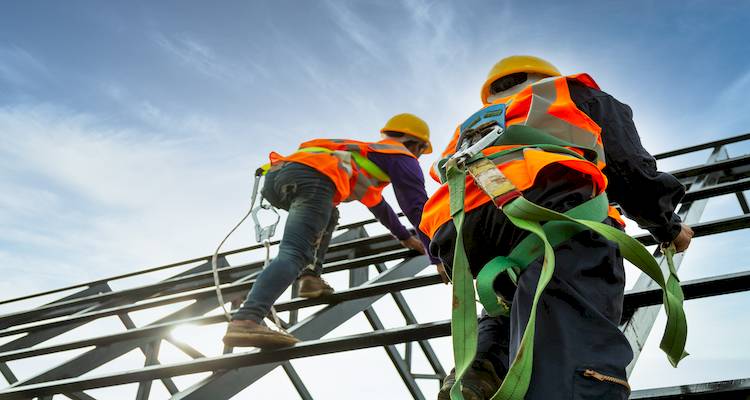
If all you need is a small tower - suitable for repairing hip tiles or guttering - you can expect to pay between £700 and £1,300 for hire.
The cost of hiring scaffolding for a large project, such as painting a detached home's exterior, will be much higher. You should plan on spending between £8,000 and £12,000.
Removing Asbestos from a Roof
If you think asbestos may be present in your home, make sure you find a professional to carry out the safe removal.
Typical asbestos roof removal costs range from £2,200 to £2,700.
Painting Exterior Doors
The average price of painting an exterior door depends on the size, type, and material of the door, as well as how many coats of paint or primer are required.
Typically, painting an exterior door without additional work costs around £160. However, painting an exterior door with glass panels that require knotting and sanding can cost £260 per door.
Rendering
Depending on the size, difficulty, and methods used, the cost of rendering your home can range from just over £2,200 to upwards of £8,500.
Repairing Guttering
If the existing gutters are in poor condition or are very old, it's best to replace them. You don't want rainwater running down your new timber cladding and ruining the look.
Guttering is sold by the metre, so expect to pay around £2.50 to £3.50 per metre in supply costs for a standard plastic gutter.
The average cost of replacement guttering for the same dimension half-round guttering in copper is usually around £26 to £30 per metre.
As well as new gutters, you may need replacement downpipes, which cost around £4 to £6 per metre for plastic, and £38 to £45 for copper of the same length.
Capping Fascias and Soffits
The cost of capping fascias and soffits varies depending on the layout and size of your home.
To seal the fascias and soffits on an entire three-bedroom house will cost around £220 in materials, and around £650 in labour, with the job taking about one day, assuming no complications or setbacks.
The size of the soffits should also be considered. For example, if you live in a tall home that isn't particularly large in surface area, you'll naturally require fewer materials to cap your home. Similarly, the price will rise if the opposite is true for buildings such as bungalows, which cover more land.
Skip Hire
If you're completely re-doing the exterior of your home, you'll generate a lot of waste, especially if you're removing old cladding or replacing it with new cladding.
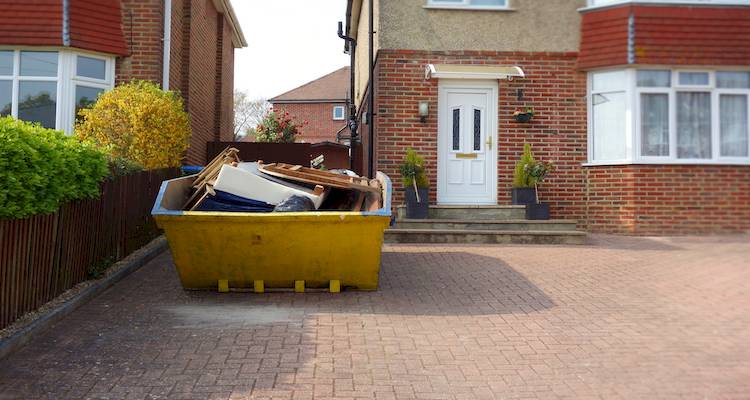
Your builders may handle this for you, but you may be required to arrange waste removal yourself. If you need to remove a large amount of waste, the best option is to hire a skip.
Hiring a mini skip for a week costs around £110 to £150 on average, while a large 12-yard skip for the same amount of time costs around £270 to £460 on average.
Labour Costs and Timescales
The cost of labour for a timber cladding installation will differ based on the job's complexity, the size and shape of the house, as well as your location in the UK.
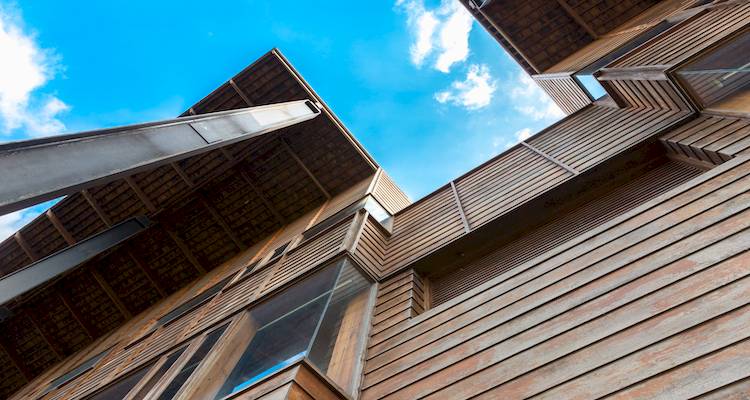
If you hire professional cladding experts to do the work for you, you'll likely pay a single price for supply and installation. However, if you purchase the cladding separately, you will have to negotiate fees with contractors who can install the cladding for you.
The average cost of labour for this job is £170 to £220 per day for the main installer, and £90 to £110 per day for extra labourers who need to work on the job.
Timelines will be determined by various factors, including the design of the building, the chosen profile, and even the orientation of the cladding. For example, although most wood cladding is installed horizontally, vertical timber cladding is possible with the right profile.
The size of the house will also influence how long it takes to install, and because it is an outside job, the weather can also play a role. Bad weather can cause delays in starting or completing a cladding project, affecting the timeframe and labour costs.
Factors That Impact Timber Cladding Costs
Several factors can influence the cost of building timber cladding on your home. Let's go over the various costs associated with installing timber cladding on your home.
Size
The amount of cladding you require will be determined by the size of your home and the area in which you intend to install the cladding.
For example, some people prefer to have cladding installed on the entire exterior of their home, whereas others prefer to have cladding installed on just one wall or a small part of the home.
Materials
One of the largest expense influencing factors will be the type of timber you use for your timber cladding. For example, hardwood costs more than softwood. This is because softwood is much more abundant than hardwood.
Oak cladding costs approximately £22 to £60 per m², whilst softwoods such as larch cost approximately £12 to £42 per m².
Property's Location
The cost of installing cladding on your home may be affected by the location of your property. For example, homeowners in and around London can expect to pay a higher labour cost than those in the north or other parts of the UK.
Profile Selection
The type of profile you choose will most often be based on the aesthetic you want to achieve, and the profile you choose will impact the overall price you pay.
Shiplap, tongue and groove cladding, and log lap are often more expensive than rough-sawn profiles such as feather edge or waney lap, largely due to the additional processes related to how they are finished.
House Layout
The shape of your house will influence the cost of external timber cladding. A simple shape, like a bungalow on one level, will be easier to install than a more complex design with multiple angles and elevations.
The labour involved in a more complex installation will result in higher time and manpower costs.
Ongoing Maintenance
It's also important to note that timber cladding requires routine maintenance to help it stay in good condition. Most options will need periodic cleaning and the timber should be given re-treatment with oil, stain, or sealant every 2–5 years. This will help protect against moisture and damp issues, fading, and deterioration.
If your cladding hasn't been coated or treated with a preservative, then using a pressure washer is also an excellent way to clean your timber cladding, although always test a small area first to ensure that you are not causing any damage to the wood.
What's Involved in Timber Cladding Installations?
Timber cladding is much easier to handle than other building materials, allowing you to complete a project much faster. Because it can be cut and shaped to your specifications, timber cladding allows you to create intricate designs and shapes.
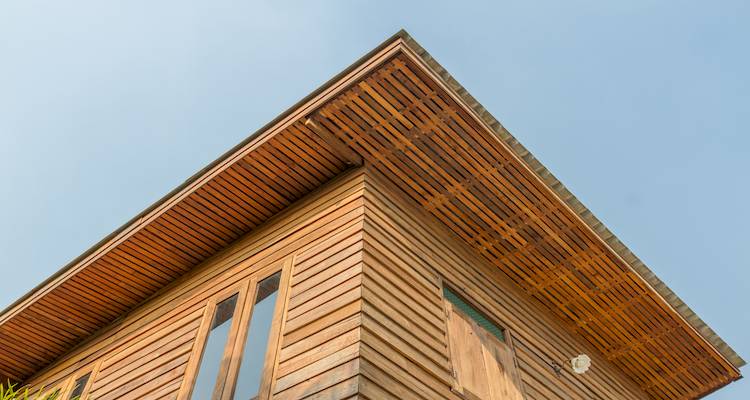
Whether you want to install horizontal timber cladding or vertical cladding, the assembly process is simpler than with other materials. This reduces costs and allows builders to complete projects more quickly.
This section will go over the steps involved in installing timber cladding.
- Choose your timber and cladding design. Remember that your chosen profile will have an impact on how the specific cladding boards match together and how the cladding is installed. Timber cladding is intended to be used horizontally. Only certain profiles are suggested for vertical use, so double-check before you begin.
- Prepare the installation site, removing any existing cladding, and clearing the area ready for new panels.
- Attach the cladding panels to a backing structure of battens as detailed in the manufacturer's guidance. Each panel should be fixed individually and not overlapped.
- Use stainless steel grade 304 fasteners to ensure a high-quality finish. It's best to use annular ring shank nails with flat heads. Fixings with small heads are not advised for timber cladding projects.
- The fixing should be flush with the surface of the board, and it's best to nail the nails to the wood by hand to prevent overdriven nails causing splitting or damage to the boards.
The installation of timber cladding will differ slightly based on the main wall structure. Each project will require a specialist to examine the bespoke nature of the project.
Understanding the structure and the condition of the building can help ensure that moisture and water vapour are effectively dealt with and do not impact the timber cladding.
The finish around various wall features, like windows, doors, corners, or flashing, will be critical for achieving a professional look. You'll want to choose features that complement the cladding, which you should consult with your architect.
These features are important not only for the final appearance of the building but also for ensuring that water runoff is effective and that there are no gaps for water/dirt to get behind the cladding. To seal any gaps around windows or doors, use high-performance caulking.
Can I Install Timber Cladding Myself?
Exterior timber cladding installation can be done as a do-it-yourself project if you are confident and competent in your abilities and have prior experience with similar work.
However, it is recommended that timber cladding be installed by a professional. Although we can provide instructions and recommendations, it is recommended that the cladding be installed by a professional to ensure that it fits together perfectly.
Building Regulations & Planning Permission for Timber Cladding Installations
Timber cladding has nearly limitless design potential and a slew of practical advantages. Before you begin your project, it's important that you seek planning permission.
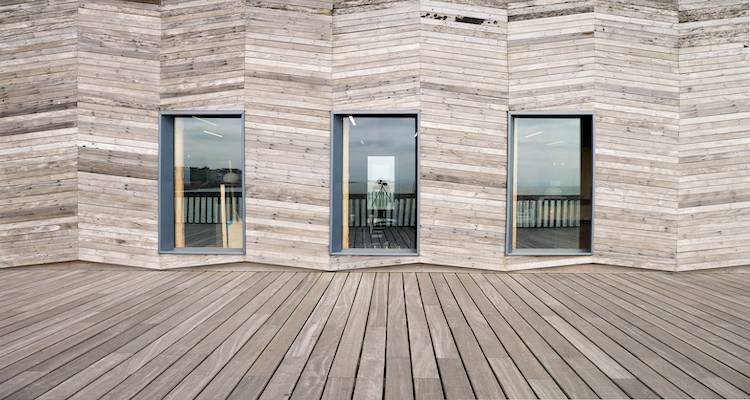
Adding or replacing exterior timber cladding is possible without planning permission. This is because its use usually falls within your permitted development rights (PDR).
In addition, you have the right as a homeowner to sustain and make small improvements to your home if you use materials that look similar to those used in its renovation.
However, if you intend to use timber cladding heavily, you may need to apply for permission.
The extent of the work determines whether you need building regulations permission to install timber cladding. For example, the regulations will apply if you are cladding or recladding 25% or more of the external walls. External walls must meet British fire safety standards and provide sufficient thermal insulation.
You will also need permission if your structure is:
- In a conservation area.
- A listed building.
- Within an area of outstanding natural beauty (AONB).
Types of Timber Cladding
Timber cladding is a common finishing material for various homes, ranging from barn conversions to ultra-modern self-build projects.
Here are the various types of timber cladding and their pros and cons to help you choose the best option for your property.
Oak Cladding
Oak cladding has the flexibility to complement a variety of homes due to the wide range of colours available, such as chocolate browns and sandy and honey tones. However, property owners should be aware that most oak products will develop a natural silvery vintage look over time if left untreated.
This type of cladding costs between £22 to £60 per m². Because oak is a premium product, it is likely to be significantly more expensive than softwood alternatives.
Pros
- ✔ Durable and strong
- ✔ Lots of design options
Cons
- ✖ More expensive than softwood
- ✖ The original colour will fade over time
Red Cedar Cladding
Western Red cedar is regarded as one of the UK's favourite products for timber cladding because it is naturally durable, easy to work with, and visually appealing.
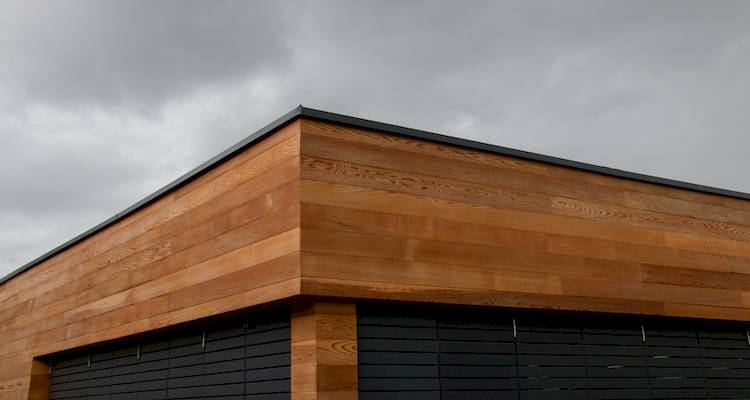
In the past, Canadian varieties of this softwood were the preferred option, but the price disparity has narrowed over the last two years, and British-grown options are now gaining popularity.
If properly installed and finished, this timber has great longevity. For example, Western Red cedar shingles will last for more than 50 years.
Prices for untreated cedar cladding can range from as low as £18 per m², but higher quality grades or pre-finished products can cost up to £70 per m².
Pros
- ✔ Durable and weather-resistant
- ✔ Lightweight material
Cons
- ✖ High upfront cost
- ✖ Susceptible to scratching and denting
Larch Timber Cladding
Larch is one of the most popular softwood coverings among self-builders and renovators in the UK. Boards are available in various colours, ranging from warm amber tones to rich golden-brown shades. If left untreated, the wood will weather to a silvery-grey colour over time.
Cladding made of this type of wood has a lifespan of at least 30 to 50 years if properly installed.
Larch cladding starts from as little as £12 per m².
Pros
- ✔ Low price compared to other cladding materials
- ✔ Tough, durable cladding
Cons
- ✖ Colour will change over time if not treated
- ✖ Boards can warp or split if not installed correctly
Kebony Modified Timber Cladding
Kebony's deep brown hue visually resembles tropical hardwoods such as teak or mahogany. This product has been chemically modified using an environmentally friendly process to enhance durability and stability. It comes in two grades: character and clear.
Kebony, like similar modified products, is often specified for its hardness and dimensional stability. Its high durability makes it a powerful competitor for cladding on properties in exposed areas near the coast.
Kebony cladding will cost around £100 per m².
Pros
- ✔ Exceptional durability
- ✔ Resistant to rot and fungi
Cons
- ✖ Expensive supply cost
- ✖ Can be hard to find as it's not as widely stocked as other cladding types
Accoya Modified Timber Cladding
Accoya is a warm, characterful covering available in a variety of warm, characterful hues. It is suitable for both traditional and contemporary architecture. This modified product goes through an acetylation process, making the wood more dimensionally stable.
Because of its structural stability, boards made of this material can be cut in sharp, crisp lines and retain their shape over time, making it a popular choice for modern schemes.
Uncoated Accoya cladding costs around £95 per m², while factory-coated Accoya cladding costs around £115 per m².
Pros
- ✔ Available in different colours
- ✔ Good for modern homes
Cons
- ✖ Cladding will change colour over time if left untreated
- ✖ Requires skilled installation
Checklist: Hiring a Timber Cladding Installer
Here's what you need to keep in mind when you're hiring a timber cladding specialist:
- Have you received at least three quotes? With the help of MyJobQuote you can find more than company to help install your timber cladding, as such it's always recommended to compare quotes from different people to help ensure you're paying a fair price.
- Are there any additional costs? Always receive the quote in writing, and if it's unclear ask for a breakdown of costs. If there are any additional labour or material fees, these should also be included to avoid any hidden charges.
- Do they have examples of previous work? Proof of prior projects is also an important factor when hiring a tradesperson, for example check their profile on MyJobQuote. If they have information and reviews from previous clients, photos, or a portfolio of their work, it demonstrates that they are proud of the skill level they can offer.
- Do they have public liability insurance? One of the most important factors to consider when hiring a tradesperson is insurance. Check they are at least have third-party liability insurance that covers building work. Ideally, you should look for a tradesman who has personal injury, property damage, and work guarantee insurance.
- Is there any guarantee offered by the tradesman for the work? Looking for a tradesperson who offers a five-year or longer guarantee may be worthwhile. Then, if any issues come up in the future because of flaws in the construction process, you are covered, and they will correct their mistakes at no cost to you.



